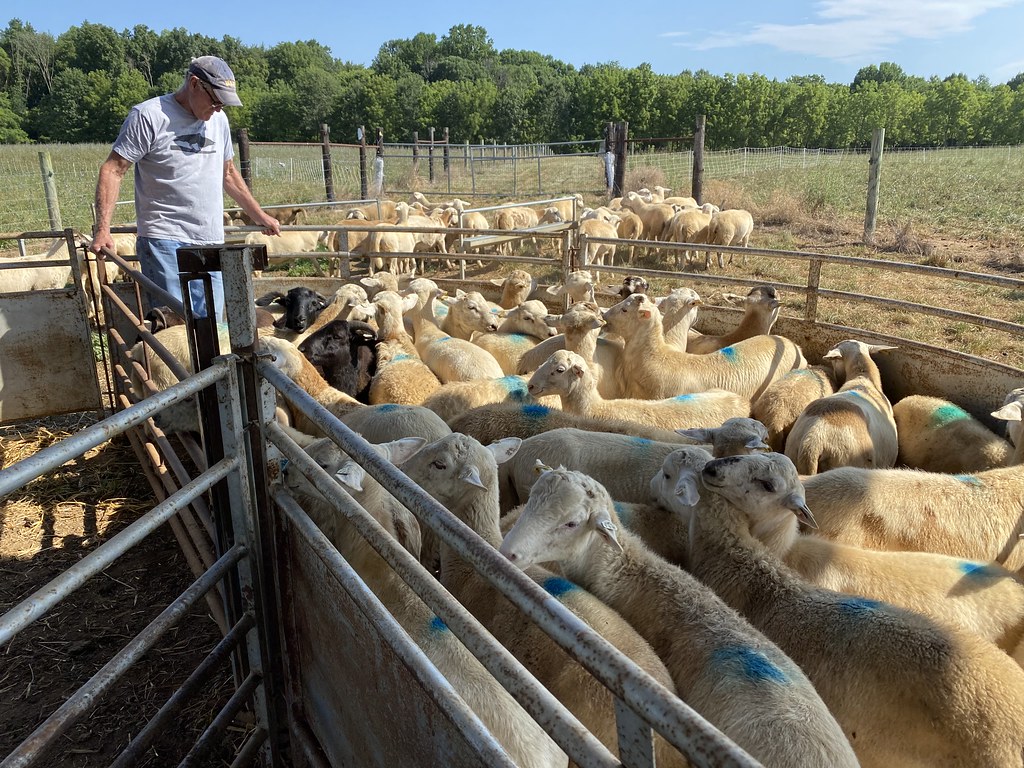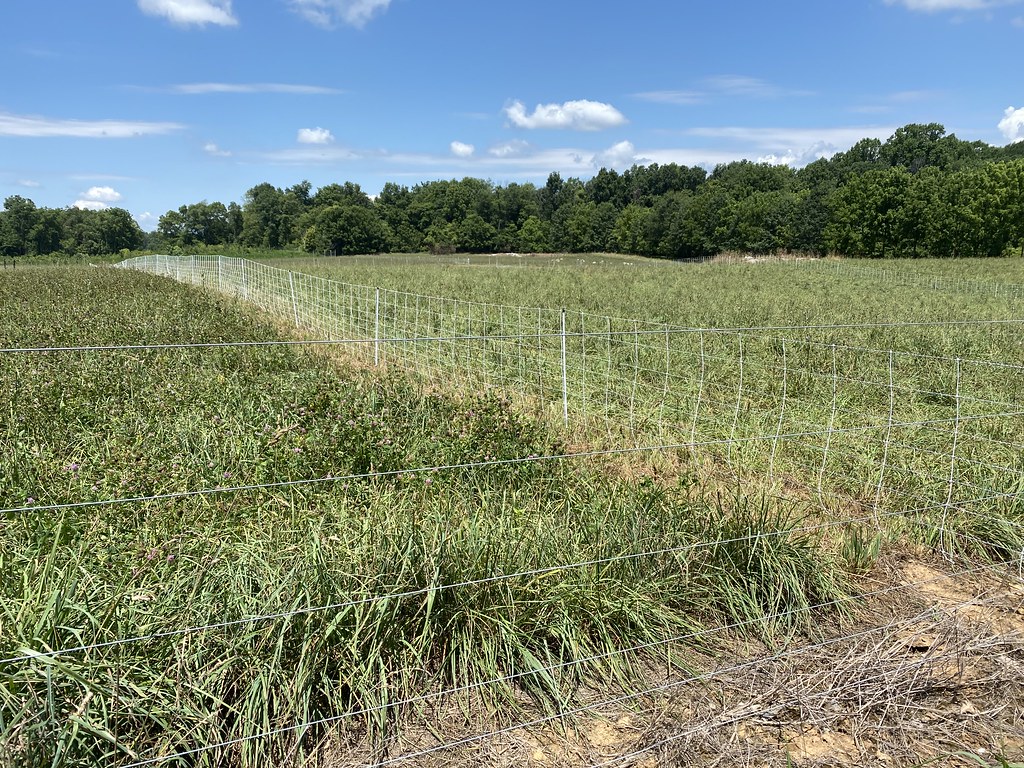Jeff Semler is the Agricultural Extension Agent in Washington County, Maryland. Earlier in his career he was a 4-H agent. Jeff is originally from Clear Spring, Maryland. He earned animal science degrees from West Virginia University and the University of Connecticut. He has been with University of Maryland Extension since 1988 and has been part of the small ruminant research team since its inception in 2004. Jeff can be reached at (301) 791-1404 x 325 or by email at jsemler@umd.edu.
 |
| Mary Beth Bennett (L) and Jeff Semler (R) |
Dr. Mary Beth Bennett is an Extension Agent in Berkeley County, West Virginia. She is originally from Pennsylvania. She earned degrees in agricultural and extension education from Pennsylvania State University. Mary Beth has been with West Virginia University Extension since 1993 and has been part of the small ruminant research team since 2006. Mary Beth can be reached at (304) 264-1936 or by email at mbbennett@mail.wvu.edu.
Dr. Amanda Grev is the Pasture & Forage Specialist for University of Maryland Extension. She is originally from Rochester, Minnesota. She earned degrees at North Dakota State University and the University of Minnesota. Her research focused on the interaction between animal nutrition, forages, and pasture management. Amanda joined University of Maryland Extension in 2019. Be sure to follow the Maryland Forages Facebook Page at https://www.facebook.com/MarylandForages/. Amanda can be reached at (301) 432-2767 x339 or by email at agrev@umd.edu.
Pam Thomas is an administrative assistant for the University of Maryland's Western Maryland Research & Education Center. Pam is an integral part of the small ruminant research team, as she records the data in the field. She is partial to goats, but enjoys working with the lambs. Pam can be reached at (301) 432-2767 x315 or by email at pthomas@umd.edu.
Nina Price is the animal caretaker. She feeds, waters, and checks the lambs daily. Nina is a high school student at Boonsboro High School. She is active in 4-H and FFA.
Other team members
Ashley Travis, 4-H Youth Agent, Washington County
Chris Anderson, 4-H Animal Science Specialist, State Office
Maegan Perdue, Agricultural Educator, Worcester County
Dr. Dahlia O'Brien, Small Ruminant Specialist, Virginia State University













